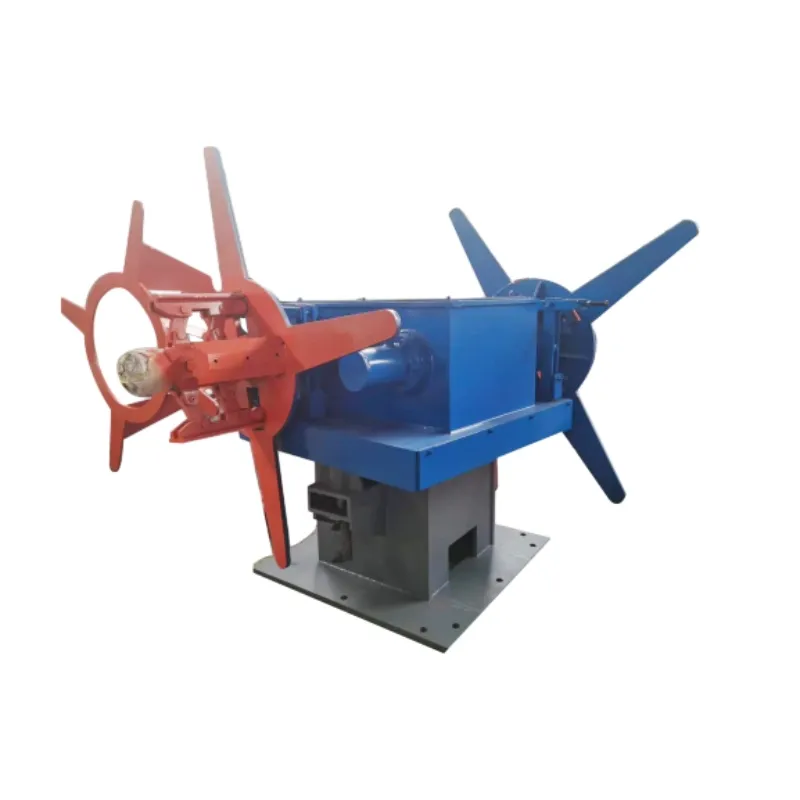Understanding the Process and Machinery of Metal Rolling Mills in Industry
The Evolution and Technology of Metal Rolling Mills
Metal rolling mills have been pivotal in the development of the metalworking industry, serving as a cornerstone in the production of various metal products. This process, which involves deforming metal into desired shapes and thicknesses, dates back thousands of years and has undergone significant technological advancements.
At the heart of the metal rolling process is the rolling mill, a machine that utilizes rollers to compress metal slabs or billets. These mills can be categorized into two primary types hot rolling mills and cold rolling mills. Hot rolling is carried out at elevated temperatures, allowing metals to deform more easily, while cold rolling is performed at room temperature, resulting in improved surface finish and better mechanical properties.
Historically, the advent of rolling mills revolutionized metal production. The earliest known rolling mills appeared in Europe in the 15th century. Originally powered by water or animal labor, these mills laid the groundwork for what would become a booming industry. The Industrial Revolution marked a new era for metal rolling, as steam power and electricity took center stage. This transition led to increased efficiency and production capacities, enabling manufacturers to meet the growing demands of various sectors, including construction, automotive, and aerospace.
Modern rolling mills are equipped with advanced technologies that enhance their functionality and production capabilities. Automation and computerized control systems have become standard, allowing for precise control over the rolling process. These innovations ensure consistent product quality while minimizing human error. Additionally, the integration of artificial intelligence and machine learning is paving the way for smarter manufacturing processes, enabling predictive maintenance and optimization of production flows.
metal rolling mill

One key aspect of metal rolling mills is their ability to produce a wide variety of products, from sheets and plates to bars and rods. This versatility is crucial, as different industries have unique requirements for metal shapes and sizes. For instance, the automotive industry relies heavily on rolled steel for car body panels, while the construction industry seeks durable rolled metal for beams and columns. The customization capabilities of modern rolling mills allow manufacturers to tailor products to meet specific standards and customer needs.
Environmental concerns have also become a significant factor in the operation of metal rolling mills. As sustainability becomes increasingly important, many manufacturers are adopting eco-friendly practices and technologies. This includes utilizing energy-efficient machinery, recycling scrap metal, and implementing waste reduction strategies. Moreover, some mills are exploring alternative energy sources, such as solar and wind power, to decrease their carbon footprint.
Furthermore, the global competition in the metal industry has driven companies to invest in research and development. Innovations in materials science have led to the creation of new alloys and composites that offer enhanced performance characteristics. Rolling mills are now capable of processing these advanced materials, contributing to the ongoing evolution of the industry.
In conclusion, metal rolling mills have come a long way since their inception, evolving into highly sophisticated and automated systems that play a crucial role in the production of metal products. The combination of historical significance with modern technological advancements has allowed these mills to remain relevant in an ever-changing industry. As sustainability and innovation continue to lead the way, the future of metal rolling mills looks promising, with the potential for further developments that will reshape the landscape of metal manufacturing. The journey of metal rolling is not just a story of machinery but also a testament to human ingenuity and adaptation in the face of changing needs and challenges.
-
High Frequency Straight Seam Welded Pipe Production Line-BzZhou Xinghua Machinery Equipment Manufacturing Co., LTD.|Precision Welding, High EfficiencyNewsJul.30,2025
-
High Frequency Straight Seam Welded Pipe Production Line|BzZhou Xinghua|Precision Welding&EfficiencyNewsJul.30,2025
-
High Frequency Straight Seam Welded Pipe Production Line - BzZhou Xinghua|Precision Engineering&EfficiencyNewsJul.30,2025
-
High-Frequency Straight Seam Welded Pipe Production Line-BzZhou Xinghua Machinery Equipment Manufacturing Co., LTD.NewsJul.30,2025
-
High-Frequency Straight Seam Welded Pipe Production Line-BzZhou Xinghua Machinery Equipment Manufacturing Co., LTD.|Precision Manufacturing, High EfficiencyNewsJul.30,2025
-
High Frequency Straight Seam Welded Pipe Production Line-BzZhou Xinghua Machinery Equipment Manufacturing Co., LTD.|Precision Steel Pipe Manufacturing&Industrial EfficiencyNewsJul.29,2025


